Check out the reasons why e-commerce will never kill retail
In the UK, e-commerce revenue is expected to grow by over 12% yearly over the next few years. It already makes up over 36% of consumer spending within the nation. Looking at these numbers, it’s easy to assume that e-commerce will one day completely take over the market, killing the need for physical retail stores altogether.
Although these numbers show great success for the e-commerce industry, the reality of the retail and e-commerce dynamic is more complex than one outperforming the other and rendering it obsolete.
Instead, the dynamic has evolved to have the two shopping modalities offering unique and complementing qualities that keep shoppers engaged both online and in person.
These qualities, built through the integration of e-commerce and physical stores, include essential elements like customer convenience and business savings. In this article, we’ll take a closer look at these qualities to see how e-commerce is helping, rather than hurting, retail.
Customer convenience
One of the reasons for the skyrocketing success of e-commerce stores is their convenience.
Customers can take as little or as long as they’d like looking for what they want or need and then have it arrive right at their doorstep. However, physical stores hold a level of convenience that keeps online shoppers walking in their doors: hassle-free returns.
Stores that offer online shopping and in-store returns create a sense of convenience for their customers by eliminating a barrier to purchasing. Instead of worrying about the return process if a product isn’t what they hoped for, customers know they can simply go to the physical location to make a return or exchange.
For stores, this model also offers another opportunity to make further sales, as it’s not uncommon for customers to go into the store for a return to browse while they’re there and make new purchases.
Considering that around 30% of all online purchases result in returns, this is an essential factor for businesses to address in their operations and to build a better customer experience.
In-store pick-up
In addition to the convenience of returns is the marriage of online and physical shopping with in-store pickup or Click and Collect. It’s another level of convenience that allows both stores and customers to save on shipping costs, and it brings more traffic to physical locations.
Attracting customers
It’s no secret that the e-commerce market has become wildly saturated.
As a result, advertising prices have increased, making it more costly to attract new customers online. One workaround for this has been pairing online shopping with a physical retail space, something many larger companies are embracing.
A physical space reminds customers that the brand exists when they pass by it during their daily routine. The reminder brings the store to mind when people are going to shop, even if they decide to shop online rather than in person.
The effective presence of a physical space goes against the expected result of increased online shopping, which was that retailers could let go of their physical spaces and enjoy newfound savings from not having to lease a storefront or staff it.
Customer experience
With e-commerce stores, creating memorable and enjoyable customer experiences is limited to a screen.
With a physical store, there are far more opportunities to create an impactful experience that makes customers think of the store when they’re ready to make a purchase, even if they decide to purchase online rather than in-store.
The Fast Company sums up the importance of the physical retail customer experience by explaining that “as humans, we ultimately buy into warm, personal connections more, which can’t be replicated in the comparatively cold digital environment.”
Some stores now use their physical locations to create experiences that focus not necessarily on their products but on the feelings their products or store atmosphere can evoke.
In-person product evaluation
Though many people shop online, more than 55% of online customers will first visit a physical store to evaluate the product in person.
So, while in-store sales may seem slow or non-existent compared to online sales, for most shoppers, having access to a physical store is vital to the shopping process.
Operations savings
As in-store pick-up and online ordering have become more popular, many large retailers have realised there’s value in using their physical stores as storage and fulfilment centres. It’s become such a common approach that it’s estimated that 42% of online order fulfilments rely on physical stores.
Utilising store locations that are closer to where customers are ordering from reduces shipping costs, and not having to package orders for pickup creates savings as well.
In addition, housing products where they already have storage space is more affordable than adding warehouses to their operations and, of course, serves the purpose of evaluating products in person and casual browsing for customers.
Physical stores and e-commerce stores have formed an unexpected, mutually beneficial relationship.
While this isn’t across the board for all retailers, it’s something embraced by many businesses looking to keep up with the growth of the e-commerce industry.
Conclusion
Combining physical retail space with online retail space is proving for many businesses to be a symbiotic relationship where each form of shopping bolsters the other while simultaneously shaping better customer experiences and more operational savings - all coming together for a more impressive bottom line.
It’s comparable to how major players in industries such as gambling or media broadcasting embraced the online sphere through the platforms found on BonusFinder UK or streaming platforms like Netflix without sacrificing the core of their offer.
The relationship shows that as e-commerce is seeing immense success, it’s not at the cost of traditional retail models. Rather than killing the retail industry, e-commerce models have become a supporting player benefiting businesses and customers.








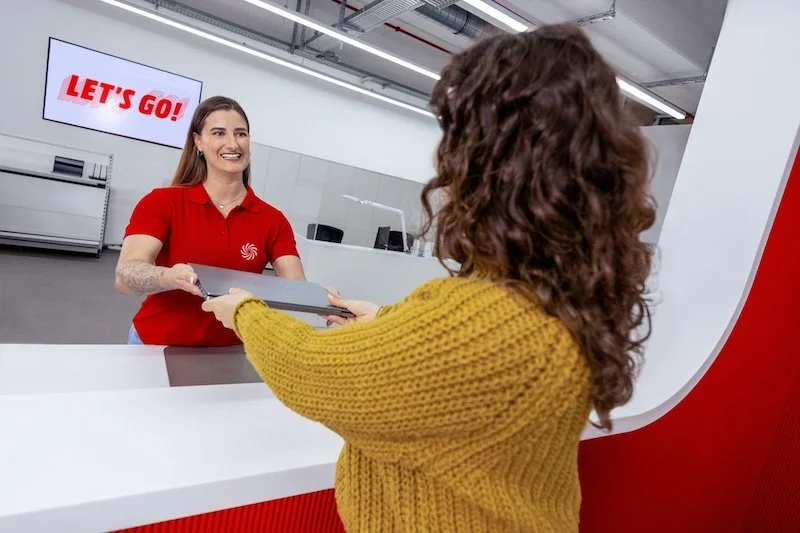







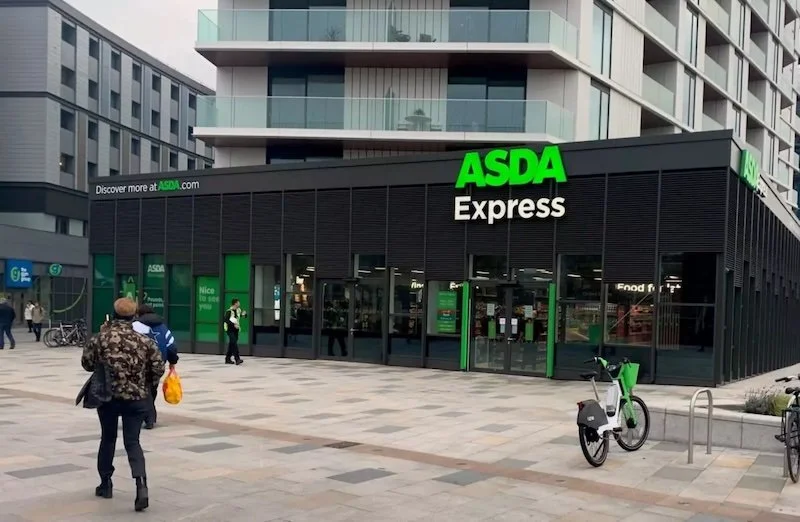
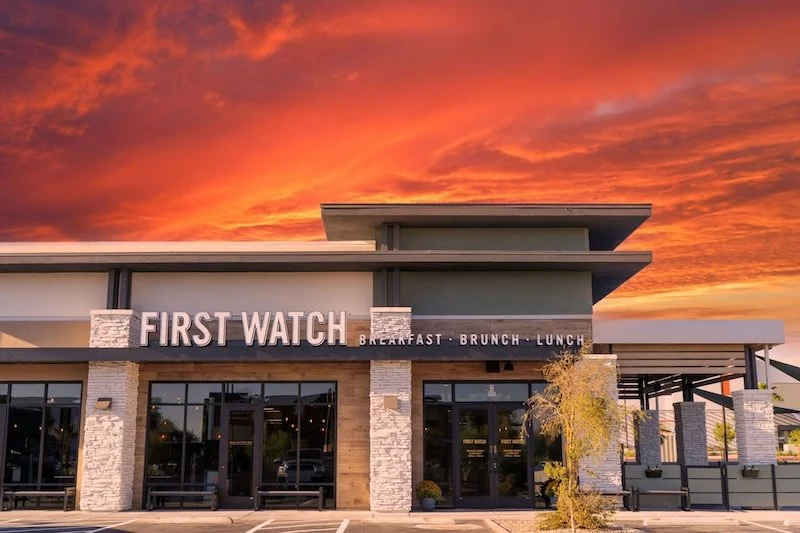


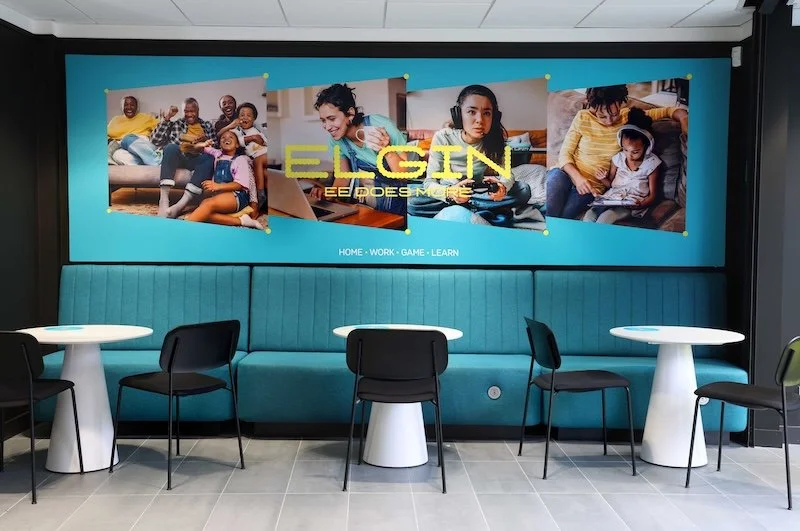

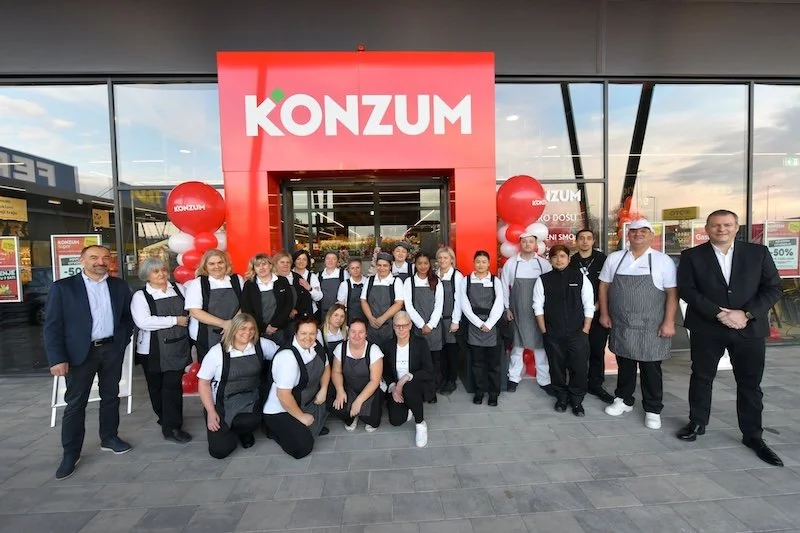
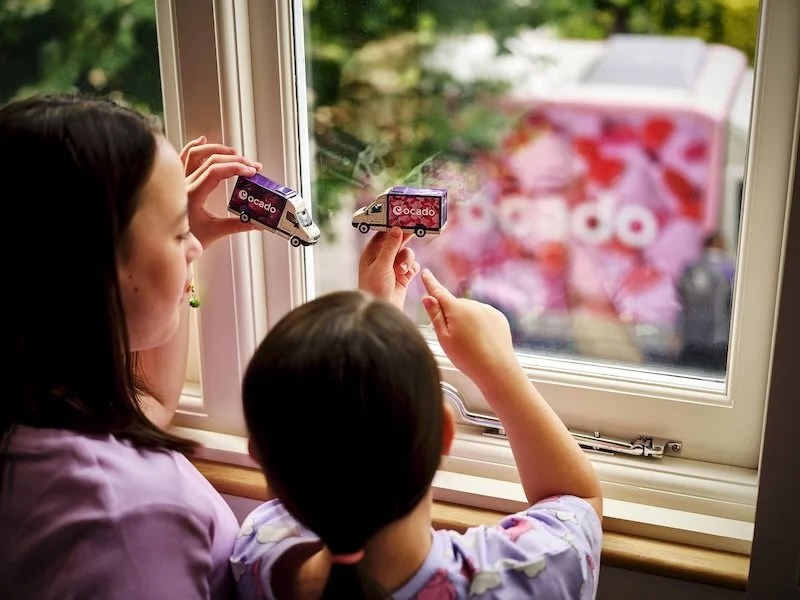



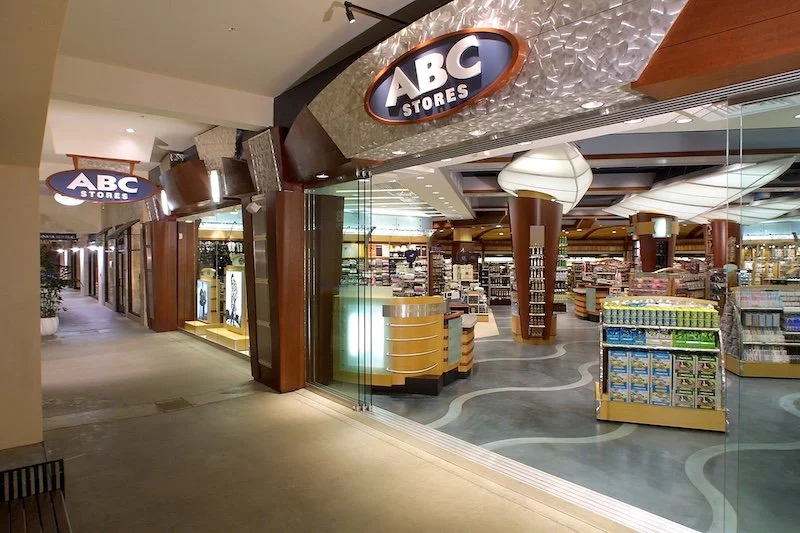



Continue reading…